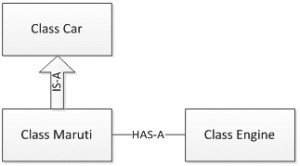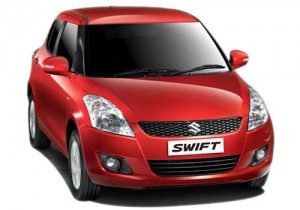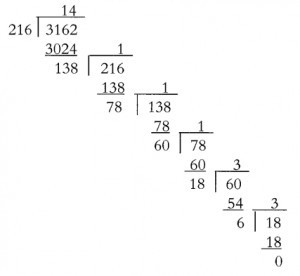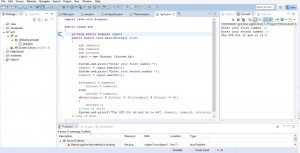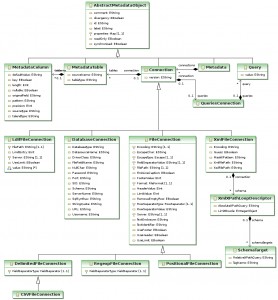--Originally published at Alan TC201
Here is a sum of all that I have published, the Journey for the Java programming its just starting, I am still learning every concept.
- First of all is to have the necesary tolls to work to be preperd while you are programming. Here is the blogpost of the things I did to be ready.
https://alantc201.wordpress.com/2016/01/18/wsq01-get-coding/
- Then you have to know the basics of Object oriented programming.
Object: An object is a software bundle of related state and behavior. Software objects are often used to model the real-world objects that you find in everyday life. This lesson explains how state and behavior are represented within an object, introduces the concept of data encapsulation, and explains the benefits of designing your software in this manner.
Class: A class is a blueprint or prototype from which objects are created. This section defines a class that models the state and behavior of a real-world object. It intentionally focuses on the basics, showing how even a simple class can cleanly model state and behavior.
Inheritance: Inheritance provides a powerful and natural mechanism for organizing and structuring your software. This section explains how classes inherit state and behavior from their superclasses, and explains how to derive one class from another using the simple syntax provided by the Java programming language.
Info in other blog post (https://alantc201.wordpress.com/2016/02/01/wsq03-object-oriented-basics/)
Interface: An interface is a contract between a class and the outside world. When a class implements an interface, it promises to provide the behavior published by that interface. This section defines a simple interface and explains the necessary changes for any class that implements it.
Package: A package is a namespace for organizing classes and interfaces in a logical manner. Placing your code into packages makes large software projects easier to manage. This section explains why this is useful, and introduces you to the Application Programming Interface (API) provided by the Java platform.
More info of antohe blogpost (https://alantc201.wordpress.com/2016/02/08/masteries-what-is-an-object-attribute-and-method/ , https://docs.oracle.com/javase/tutorial/java/concepts/) - Star with the basics, like the famous Hello World.

Blog post (https://alantc201.wordpress.com/2016/02/01/wsq02-hello-world/) - Know how the variables work

At first yes, but you get use to the syntax in Java in no time.
Blog post of variables ((https://alantc201.wordpress.com/2016/02/10/variables-in-java/ , https://wordpress.com/read/post/feed/42641549/929279196 , https://wordpress.com/read/post/feed/42641549/929294919) - And finally put that to prctice in other complex things like the WSQ06 that uses most of the things learnd until now in combination.
Blog post of WSQ06: (https://alantc201.wordpress.com/2016/02/14/wsq06-greatest-common-divisor/)
And to entretaing you, let’s see some hype.







